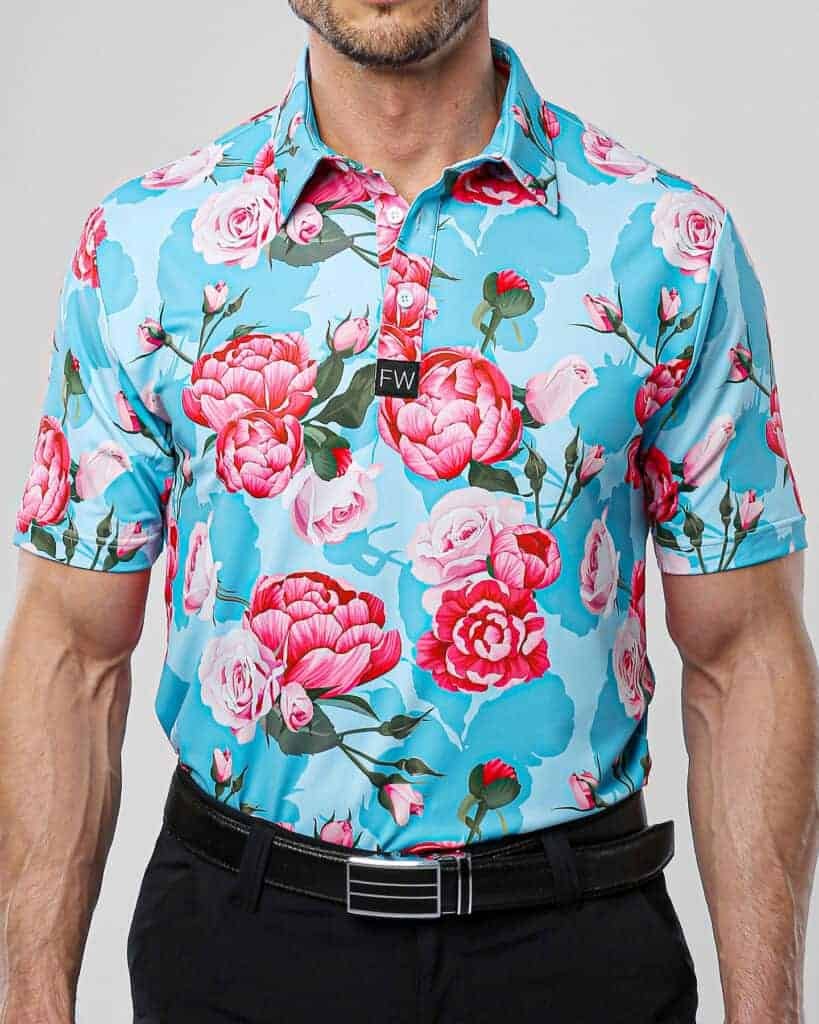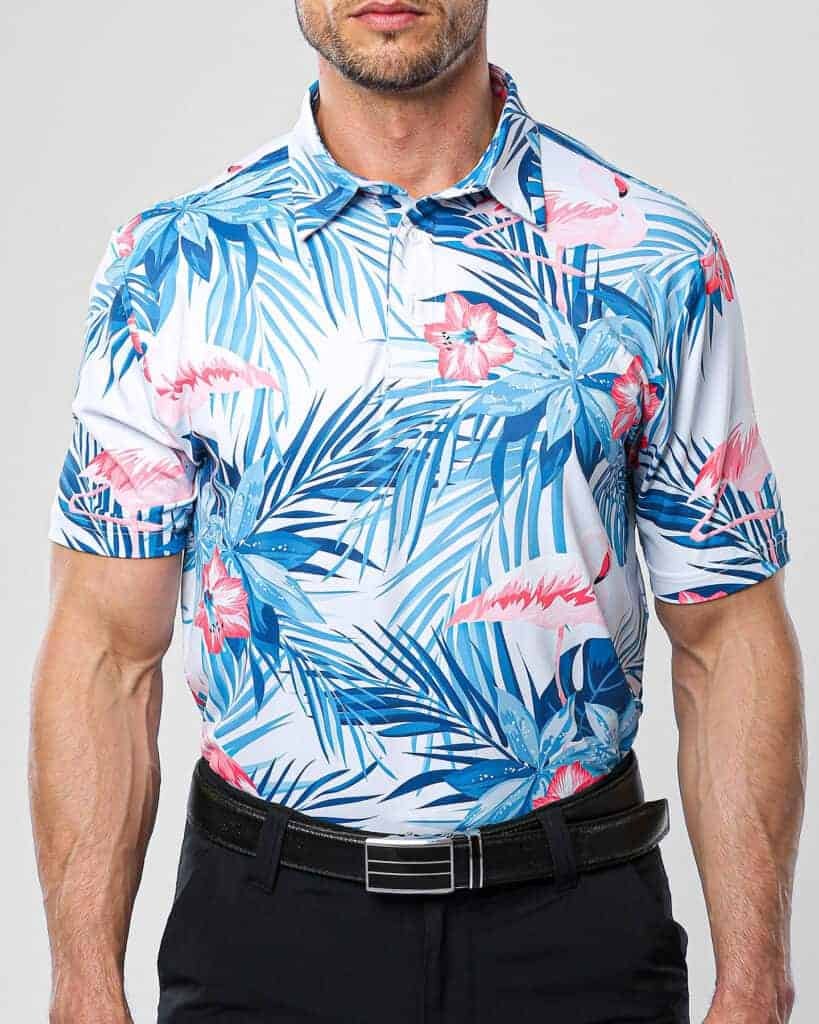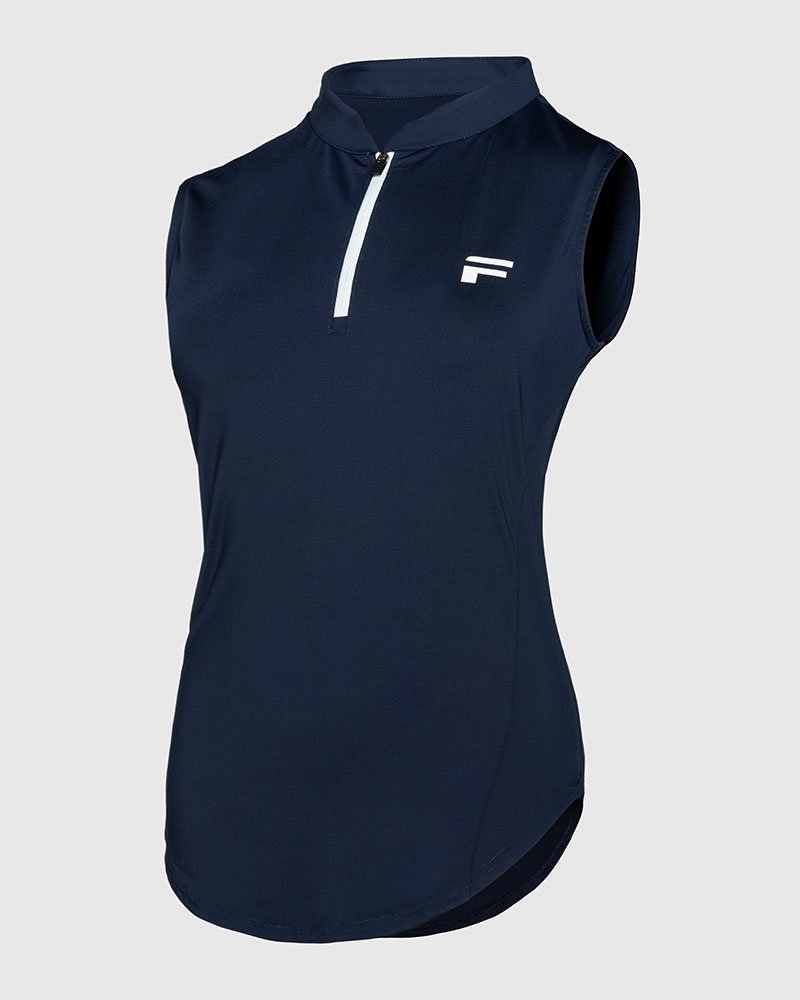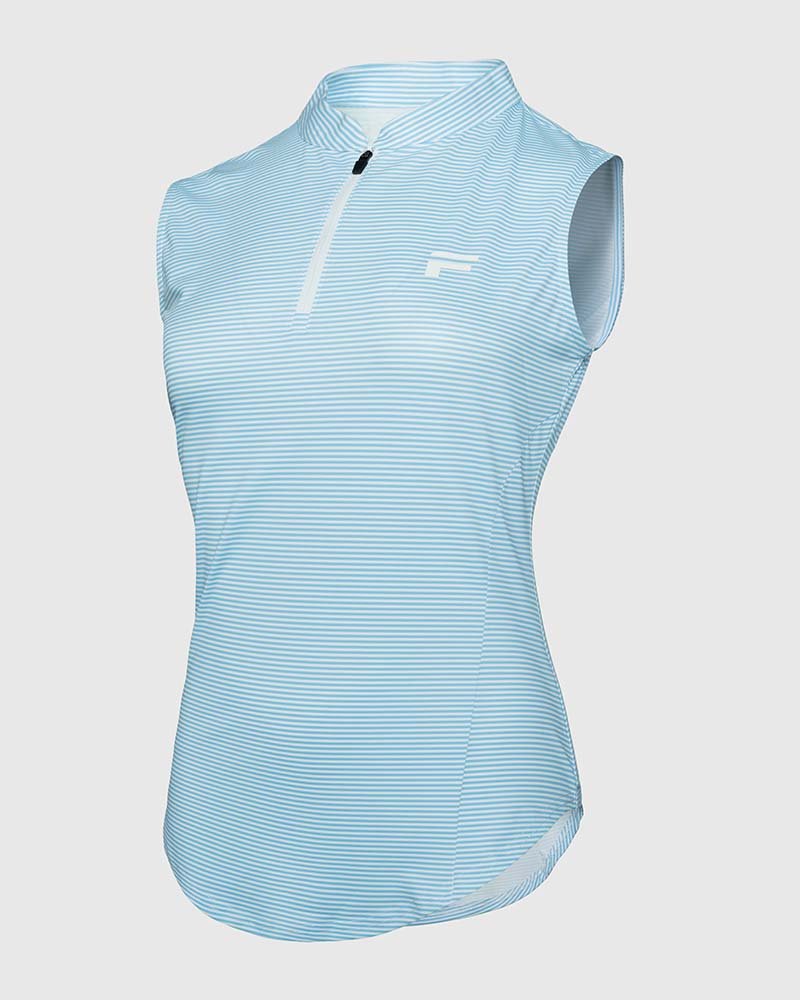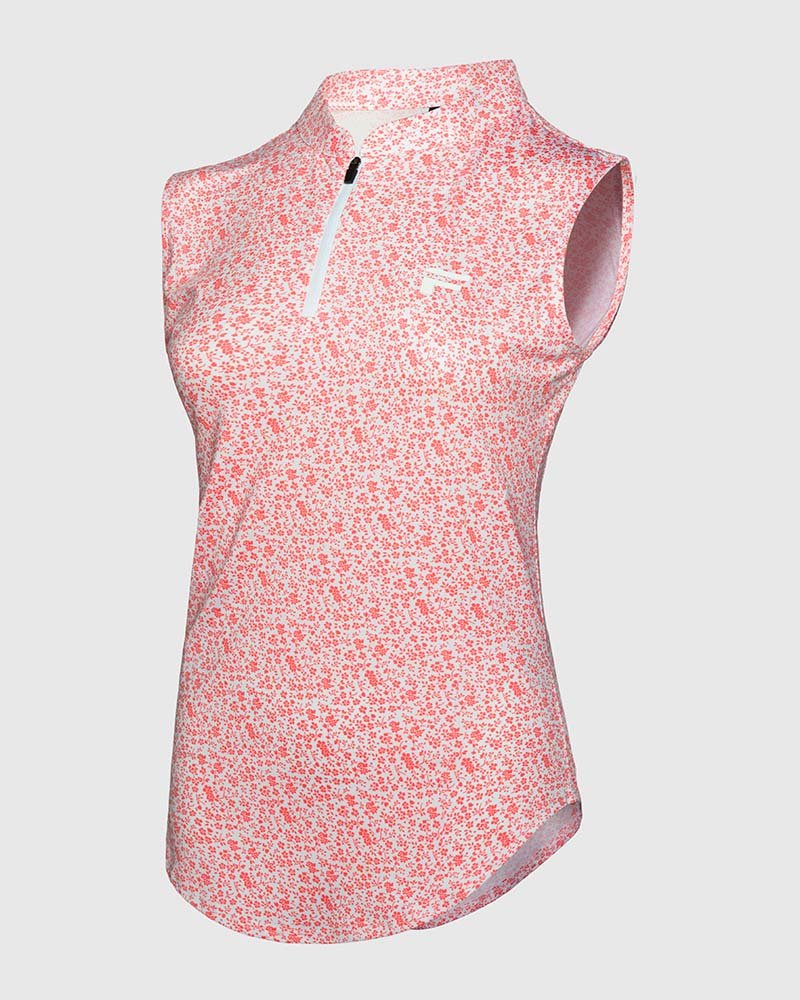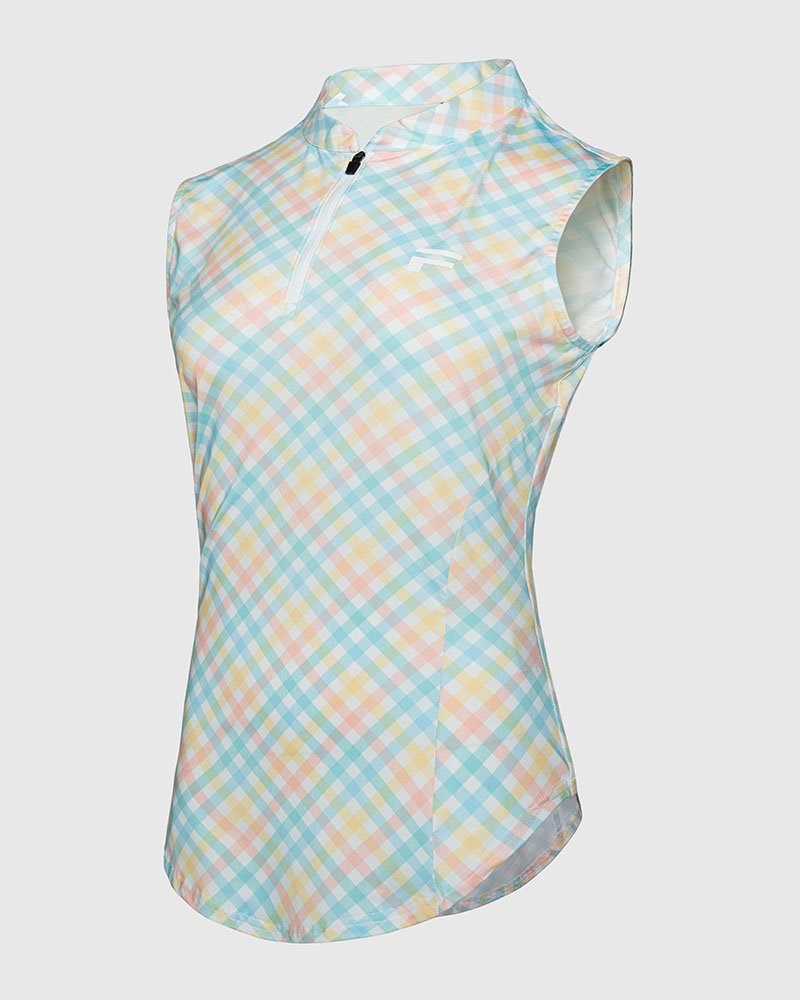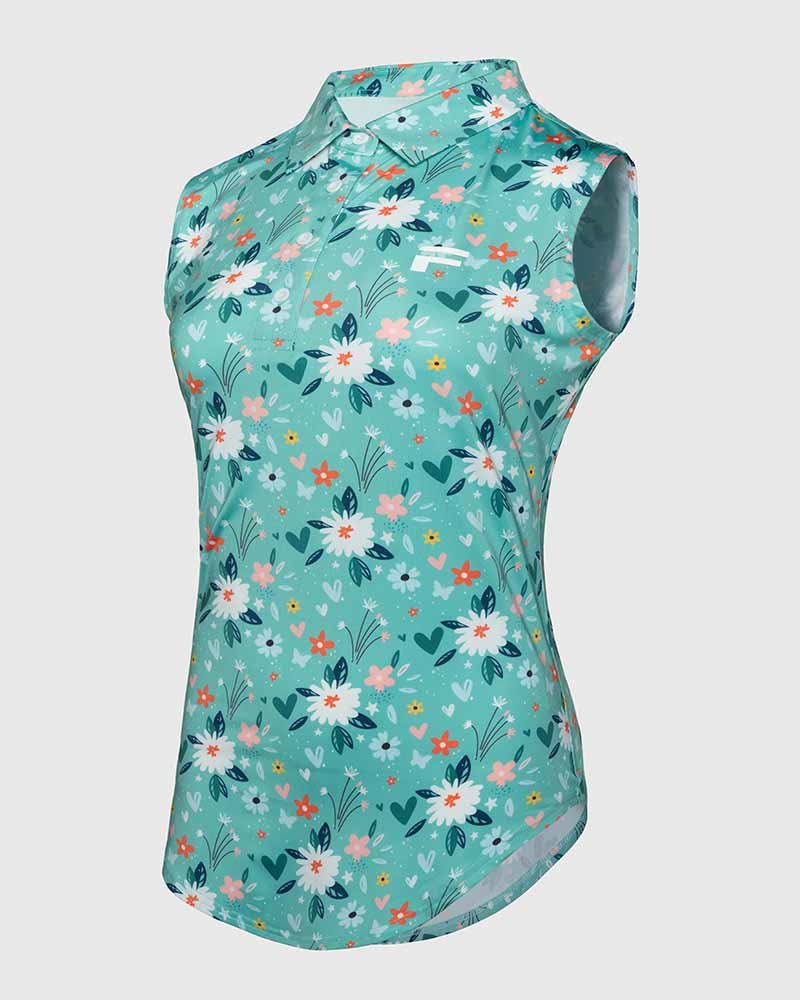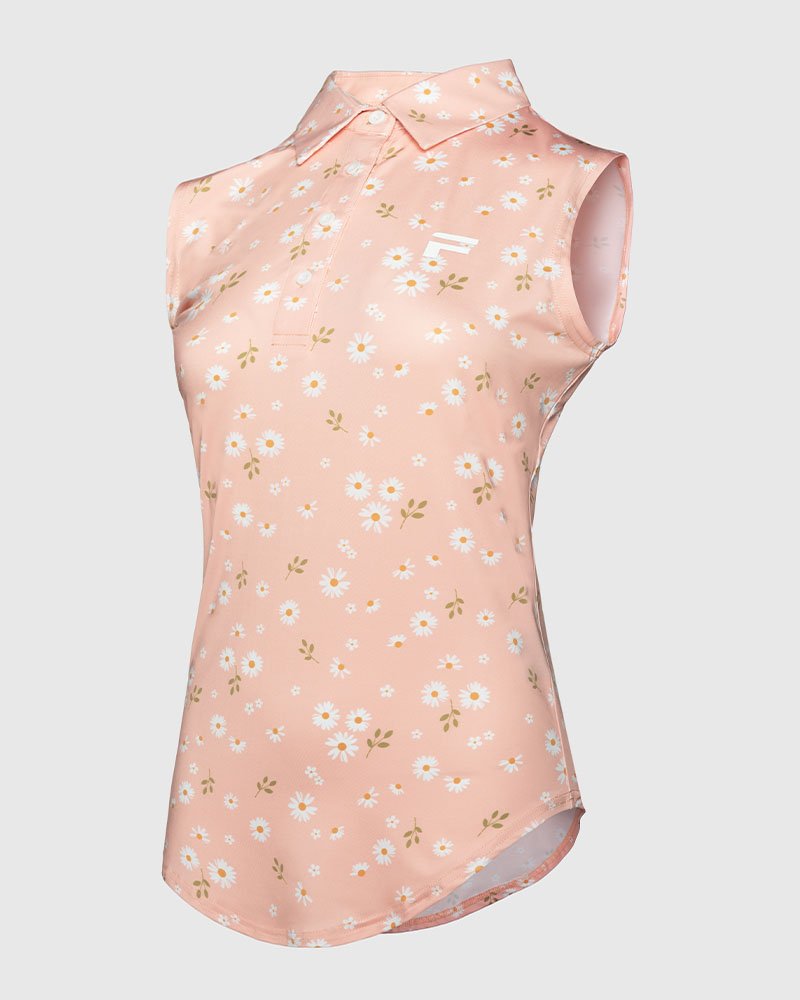Frustrated with generic options? Building a brand means standing out, but the custom apparel process can feel complex and risky. You need a clear path to create golf shirts that truly represent you.
To customize golf shirts, you need a five-step process: define your brand identity, select the right performance fabrics and construction, vet and choose a reliable manufacturer, approve samples meticulously, and oversee production with strict quality control. This roadmap ensures your vision becomes a high-quality reality.
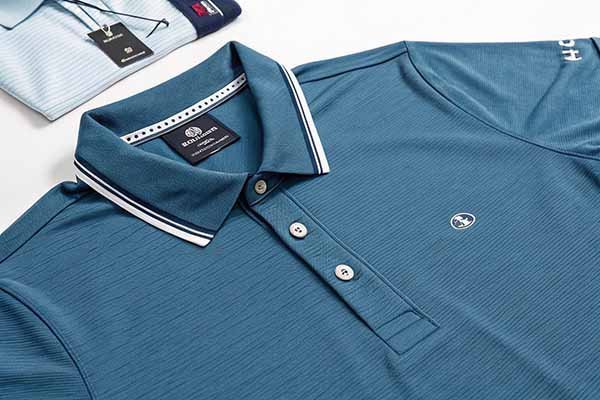
These five steps are the foundation for launching a successful golf apparel line. But success is found in the details of each stage. Let's break down each step together, so you can move forward with confidence and avoid the common mistakes I've seen many new brand owners make. Your journey to creating exceptional golf shirts starts now.
How do you define your brand identity and design concept?
Are you struggling to translate your brand idea into a tangible shirt design? A weak concept will get lost in a crowded market, failing to connect with the golfers you want to reach.
First, you must clearly define your target audience and your brand's unique message. This foundation informs every choice, from colors and logo placement to the overall style. This ensures your shirts speak directly to your ideal customer and create a memorable impression on and off the course.

Your golf shirt is more than just a piece of clothing; it's a statement about your brand. Before we even think about fabrics or factories, we have to pinpoint exactly what you want to say. I always ask new brand owners like Bobby: who is your ideal golfer? Are they young, athletic players who want modern, bold designs? Or are they traditionalists who value classic style and understated luxury? Your answer changes everything.
Once you know your audience, you can build a design story. This includes your color palette, the type of fit, and where you place your logo. For example, a brand focused on high performance might use sharp, contrasting colors and place a small, technical-looking logo on the sleeve. A lifestyle brand might use softer, earth-toned colors with a larger, more expressive logo on the chest. I've worked with brands that succeeded because they knew exactly who they were from day one. They created a simple design brief that we could follow.
Here’s a simple table to help you structure your thoughts:
| Element | Question to Answer | Example for a Modern Brand |
|---|---|---|
| Target Golfer | Who are you selling to? | Competitive golfers aged 25-40. |
| Brand Vibe | What feeling do you want to evoke? | High-performance, athletic, and confident. |
| Logo Placement | Where does it make the most impact? | Subtle on the back yoke or left sleeve. |
| Color Palette | What colors represent your brand? | Black, white, and a single bright accent color. |
What's the best fabric and construction for your golf shirts?
Confused by the endless fabric options available? Choosing the wrong material can lead to poor comfort and performance, resulting in unhappy customers and negative reviews. Your brand's reputation depends on this choice.
The best fabrics for golf shirts are technical synthetics that prioritize function. Look for polyester and spandex blends that offer moisture-wicking properties, breathability, and 4-way stretch. Pay close attention to construction details like flatlock seams and a well-made collar to ensure premium comfort and long-lasting durability.
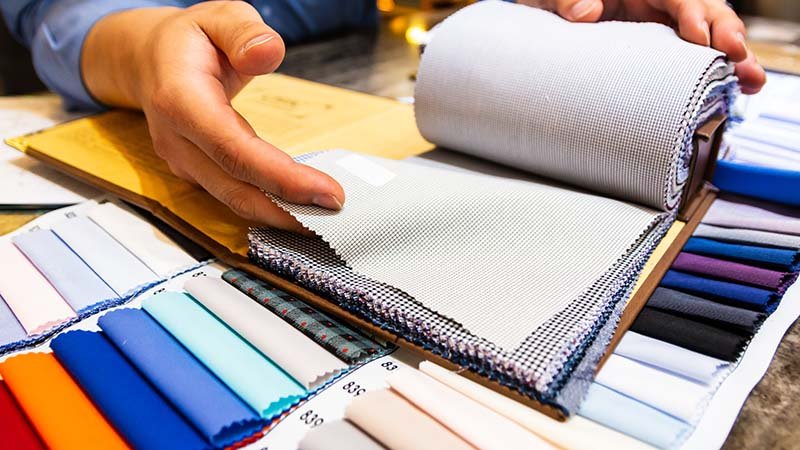
When I walk brand owners through my factory, the first stop is always the fabric library. The feel and performance of your golf shirt is what golfers will remember most. While cotton feels soft, it's a poor choice for the course because it absorbs sweat and gets heavy. The industry standard is polyester because it’s great at wicking moisture away from the skin, keeping the wearer dry and cool.
But not all polyesters are the same. We often blend it with spandex to add 4-way stretch, which allows for a full range of motion during the golf swing. This is a non-negotiable feature for any serious performance polo. Beyond the fabric blend, you should consider technical finishes. Does your target market play in sunny climates? Then UPF sun protection is a key selling point. Anti-odor technology is another great feature that adds real value. Construction matters, too. Flatlock seams prevent chafing, and a sturdy, no-curl collar maintains a sharp look, wash after wash. These are the small details that separate a premium shirt from a cheap one.
Here’s a quick comparison of common fabric choices:
| Fabric Type | Key Benefits | Best For |
|---|---|---|
| 100% Polyester | Excellent wicking, durable, wrinkle-resistant. | Performance-focused brands on a budget. |
| Polyester/Spandex Blend | Superior stretch, great comfort, and mobility. | The modern standard for athletic golf shirts. |
| Recycled Polyester | Eco-friendly, high-performance features. | Brands targeting environmentally conscious golfers. |
| Cotton/Poly Blend | Softer "handfeel," casual look. | Off-course or lifestyle-focused apparel. |
How do you find and vet a reliable manufacturer?
Are you worried about picking the wrong manufacturing partner? A bad factory experience can mean missed deadlines, poor quality, and constant stress. This is one of the biggest risks for a new brand.
To find a reliable partner, start by looking for factories that specialize in custom sportswear. Check for industry certifications, ask for client references, and study their past work. Most importantly, evaluate their communication. A good manufacturer is a partner who is transparent about their process, capabilities, and MOQs.

This step is where many entrepreneurs get stuck. Finding a manufacturer feels like searching for a needle in a haystack, but it doesn't have to be. Platforms like Alibaba are a good starting point, but you need to do your homework. My best advice is to treat this like a job interview. Don't just ask about price. Ask about their process.
I always encourage brand owners to ask specific questions: What is your standard lead time for samples and for bulk production? Can you show me examples of golf shirts you've made for other brands? What is your quality control process? Their answers will tell you a lot. A good partner will have clear, confident answers. A factory that is vague or avoids certain questions is a red flag. Also, discuss Minimum Order Quantities (MOQs) early. As a new brand, you need a partner who can support small initial runs. At FUWAY, we built our business by helping small brands grow, so we understand the importance of flexible MOQs. Your manufacturer should be invested in your success.
Manufacturer Vetting Checklist
- Do they specialize in high-performance golf apparel?
- Are their MOQs suitable for a new brand?
- Is their communication clear, professional, and timely?
- Are they transparent about their pricing and production timeline?
- Can they provide references or examples of past work?
- Do they have quality certifications (e.g., ISO, WRAP)?
Why is the sampling process so critical?
Tempted to skip the sampling stage to save time and money? This is one of the most dangerous shortcuts you can take. Approving a design on paper and hoping for the best can lead to a bulk order full of costly errors.
Sampling is your only chance to physically touch, feel, and test your design before committing to a full production run. This crucial step allows you to verify the fabric, check the fit, confirm colors, and approve the overall quality, ensuring the final product perfectly matches your vision.
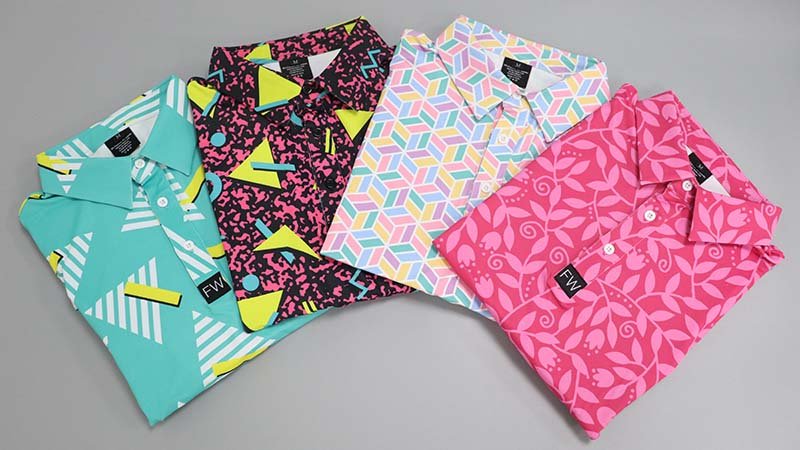
I cannot stress this enough: never skip sampling. I once worked with a brand that was in a huge rush. They approved a digital mock-up and pushed for immediate production. The final shirts arrived, and the sleeves were a full inch shorter than standard, making them unwearable for their target audience. That single mistake cost them thousands. The sample is your insurance policy. It's where the idea on your screen becomes a real product you can hold.
The process involves a few stages. First, you'll get a 'proto sample' to check the basic construction. You'll provide feedback, and we'll make adjustments. Next comes a 'fit sample' to perfect the sizing. You might even want to get a full-size run to test on different body types. Finally, you will approve a 'pre-production sample' (PPS). This PPS is the gold standard. It’s the exact shirt that the factory will use as the benchmark for your entire bulk order. During this stage, you must be incredibly detailed with your feedback. Check every stitch, measure every dimension against your spec sheet, and make sure the colors are perfect.
Here’s a breakdown of the key sample stages:
| Sample Stage | Purpose | What to Check |
|---|---|---|
| Proto Sample | Validate the design and construction concept. | Seam quality, basic shape, fabric choice. |
| Fit Sample | Perfect the sizing and garment drape. | Measurements on a fit model, comfort, mobility. |
| Pre-Production Sample | Final approval before bulk manufacturing. | All details: color, trims, logos, fit, feel. |
How do you manage production and quality control?
Is your work done once you've placed the bulk order? Absolutely not. Without a system for oversight, the quality of your final products can drift from the sample you approved, putting your brand's reputation at risk.
Effective management requires constant communication and established quality control (QC) checkpoints. You should work with your manufacturer to implement inspections at the beginning, middle, and end of the production process. This proactive approach ensures consistency and catches potential issues before they become big problems.
A good manufacturer will welcome your involvement in quality control. It shows you're a serious partner who cares about the final product. At my factory, we've built a multi-stage QC process because your brand's reputation is also our reputation. It starts with your tech pack, which is the master blueprint for your shirt. Everything from the stitching thread color to the zipper type should be documented.
Once production begins, we don't just wait until the end to check things. We perform an 'in-line inspection' when about 20% of the order is complete. This allows us to catch any systematic errors early. For example, is the logo being applied crookedly? We can fix it before thousands of shirts are made incorrectly. The most important step is the 'final random inspection'. Here, an inspector checks a random portion of the finished goods against a pre-defined quality standard (known as AQL). They check for things like measurement discrepancies, stitching defects, and fabric flaws. This final check is your guarantee that the quality you paid for is the quality that gets shipped.
The Production Quality Flow
- Final Tech Pack & PO: Your official order and blueprint are locked in.
- Raw Material Inspection: The factory inspects all fabrics and trims upon arrival.
- Initial Production Check: The first units off the line are inspected to catch early issues.
- In-Line Inspection: A check performed mid-production to ensure consistency.
- Final Random Inspection: A statistically significant sample of finished goods is checked before shipment.
- Shipment: Your quality-approved order is on its way.
Conclusion
Customizing golf shirts is a detailed journey, not a single decision. By defining your brand, choosing materials wisely, vetting partners, perfecting samples, and managing production, you can confidently build a lasting apparel brand.



